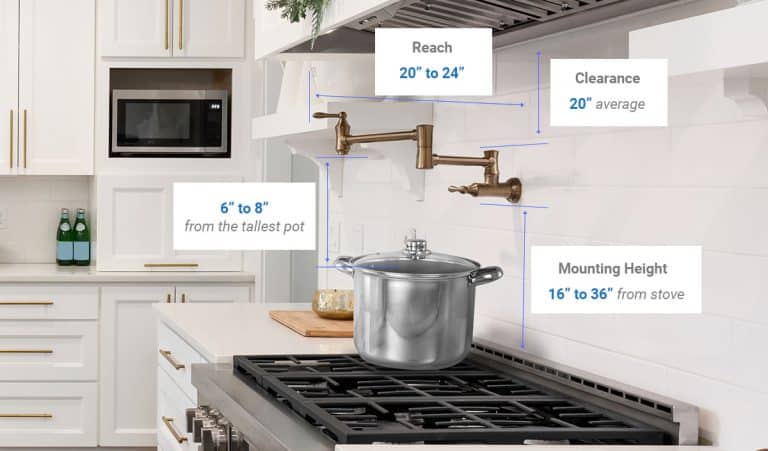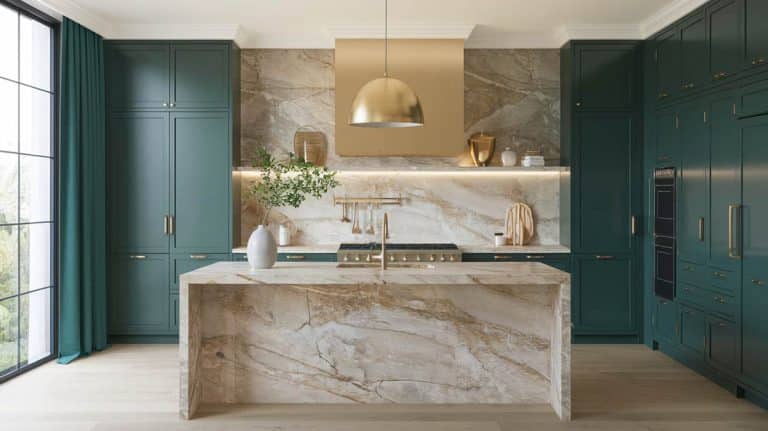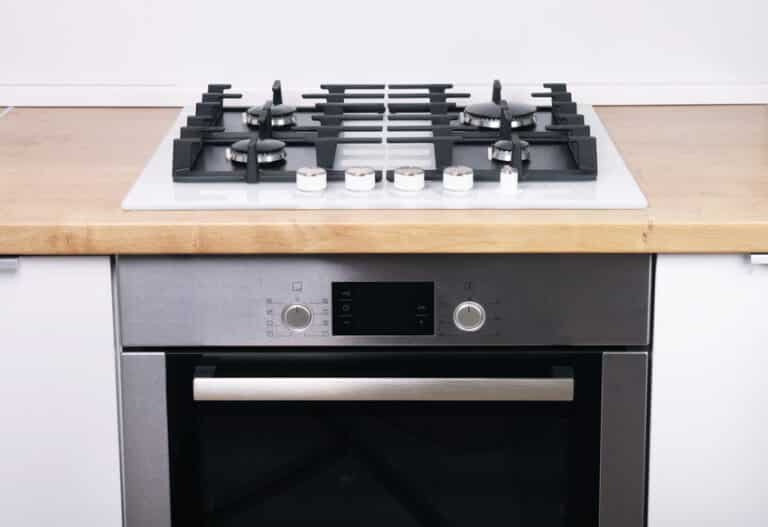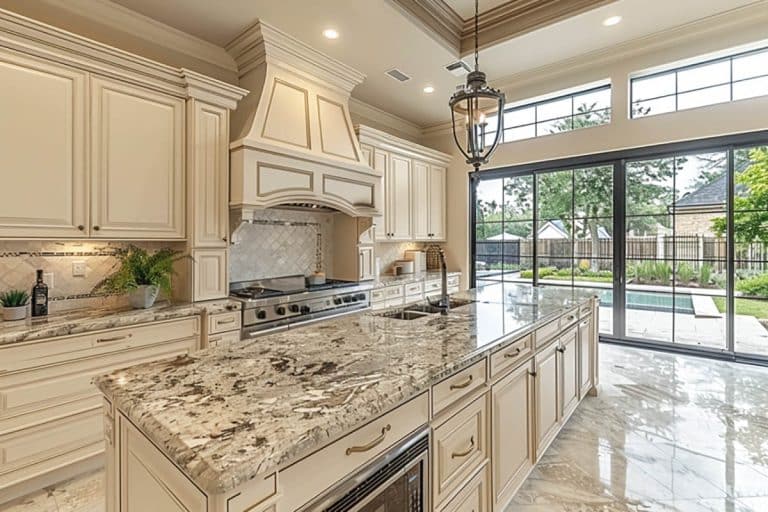Problems with Refacing Kitchen Cabinets (14 Remodel Tips)
Refacing kitchen cabinets is one of the most popular home improvements today. You’ll find a lot of video tutorials and books for how-to’s and DIY projects on how to give a fresh new look to your cabinetry that can save you a significant amount in renovation costs. Refacing cabinets is not something new, but if you’re not careful with your planning, several big problems can set you back.
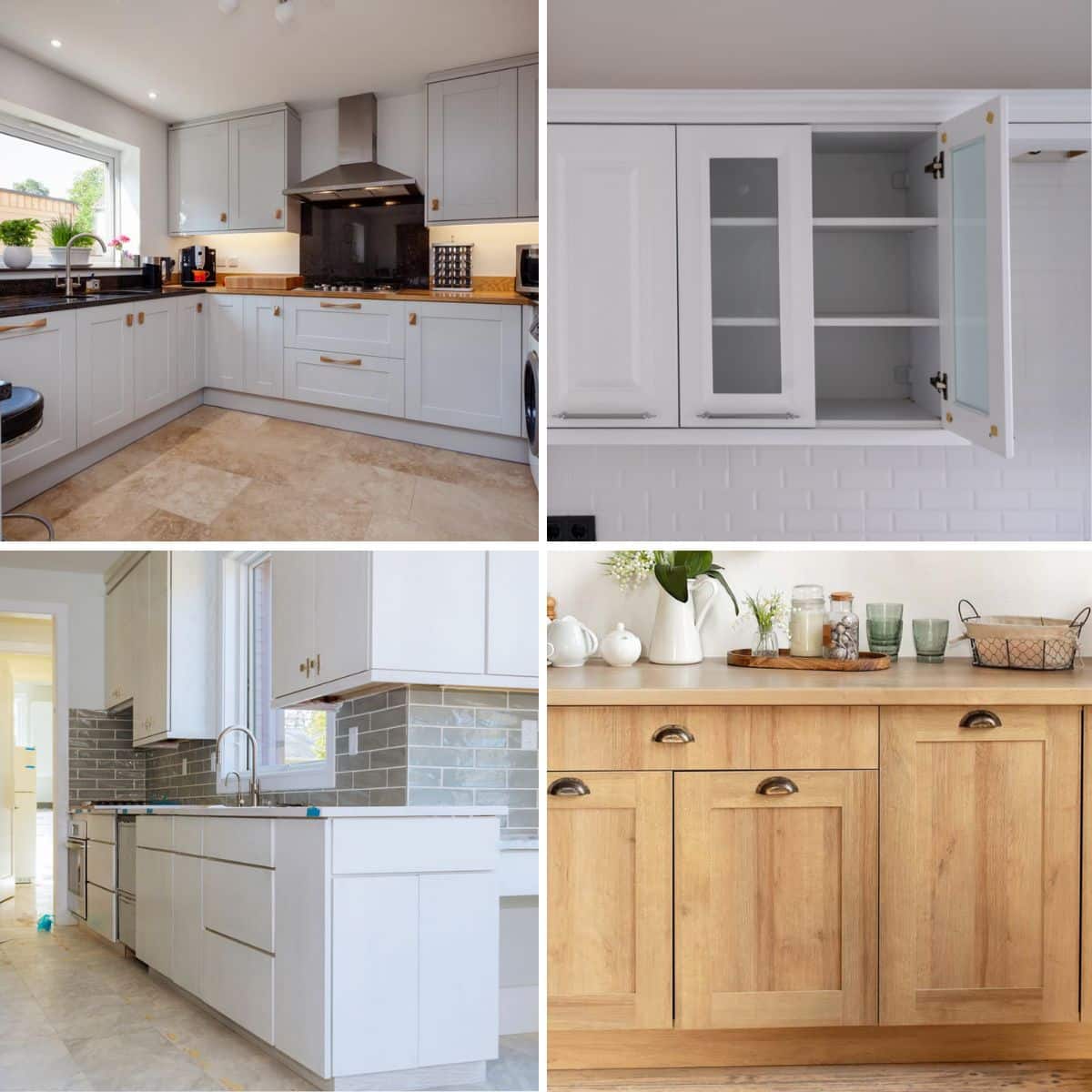
Contractors and property developers have been flipping houses by simply changing the cabinet doors or painting fresh paint on an existing cabinetry system. However, is refacing a good idea for your next home improvement project? In this article, we’ll find out the problems with refacing kitchen cabinets and weigh its benefits and limitations.
Overlooking Preparation
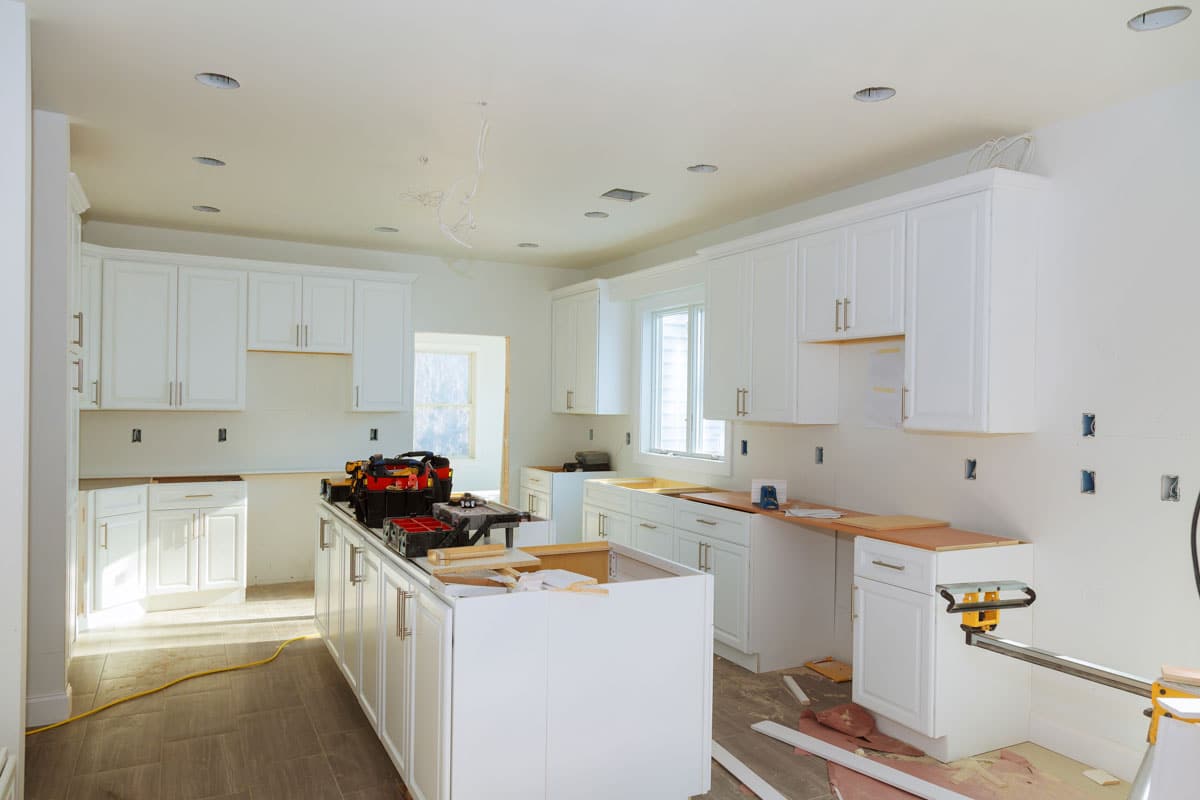
The prospect of having a brand-new-looking cabinet can be an exciting endeavor that sometimes we overlook the initial step of refacing kitchen cabinets. Or we want to see the transformation done so quickly that we skip covering up the cabinets. Prepping before the actual refacing process can bring about issues with the paint, veneer, stain, or whatever finishing has been applied.
Surface preparation starts with removing all the items inside the cabinets and drawers. This allows you to assess if there are stains, cracks, rot, pests, or rusted hardware. Removing the cabinet doors and drawer is best to fully view hard-to-reach areas.
Afterward, you’ll need to thoroughly clean the kitchen cabinets to remove grease or any accumulated debris. After dusting off the cabinets, prepare your cleaning solution. A mild detergent with warm water can remove most dirt, while a solution of vinegar and water can remove stubborn stains. You’ll also find commercial-grade cleaning solutions that are made to clean wood cabinets.
After cleaning, leave the cabinets to dry. Sanding off existing paint or stain reveals the wood grains and opens the pores. The porous surface will easily receive paint or stain as well as adhere to adhesive from a veneer backing. Fix or replace any damaged hardware before reattaching the cabinets.
Not Following the Right Refacing Process
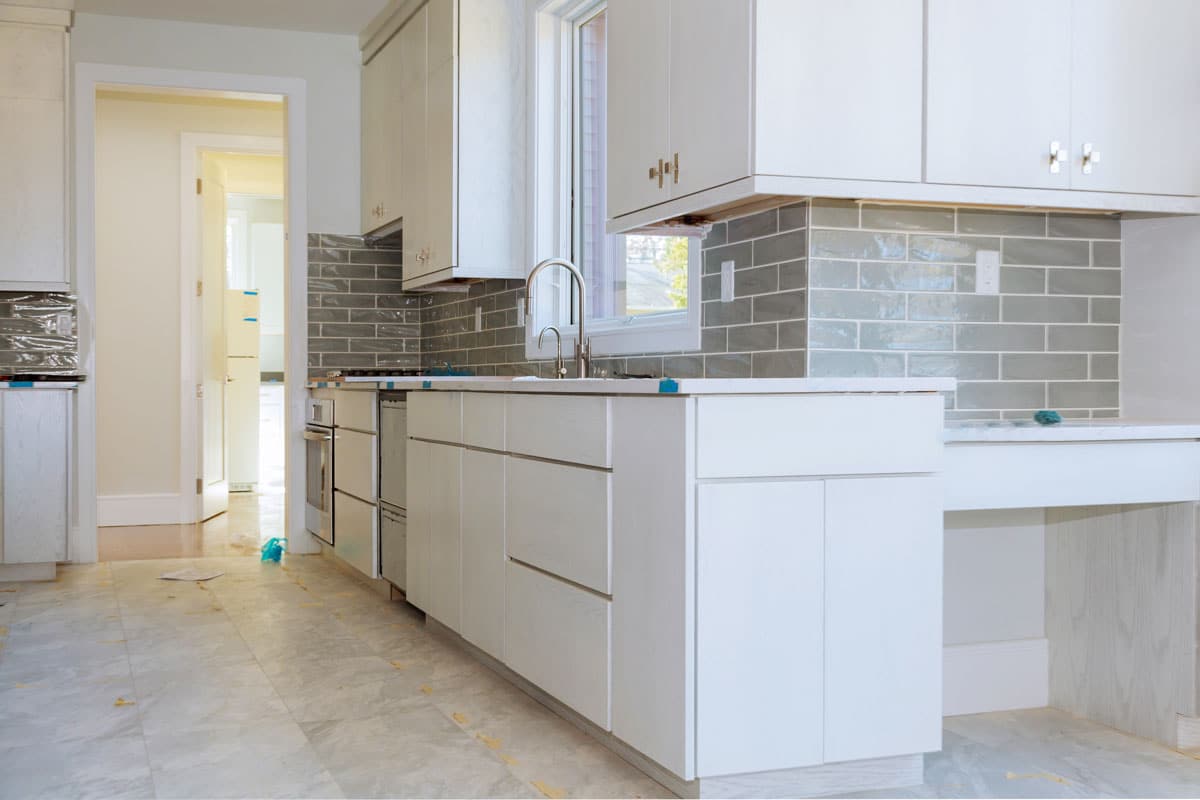
Skipping or switching the steps in refacing kitchen cabinets can lead to problems such as peeling off of veneer, paint cracking & bubbling, or uneven surfaces. Rusted cabinet hardware can also seep through the paint when not replaced.
Refacing existing kitchen cabinets produces a dramatic change in style. – Home Improvement, Creative Publishing International Editors, Creative Publishing International
Without proper assessment of the structural integrity of your kitchen cabinets and addressing them before doing the refacing process, it can lead to potential problems in the future. This can accumulate more costly repairs and eventually replace the whole cabinet system.
Limited Aesthetic Changes
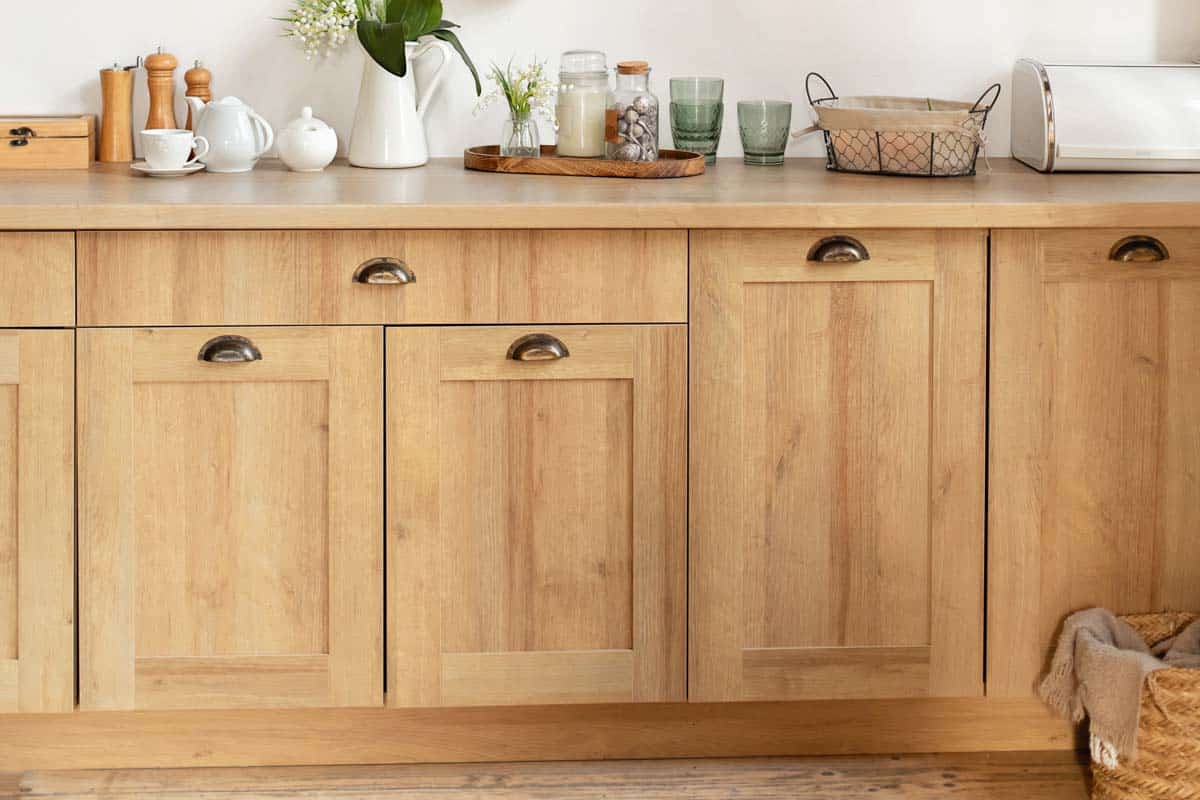
Because you are working with limited materials or styles that can match your existing design, it can be difficult to have that desired transformation. Moreover, the layout, position, and size of your cabinet remain the same, which visually may not have much impact. Along with matching the color and style of your cabinets, the existing countertop and hardware style should also be considered.
This can further limit your choices when it comes to selecting the doors or veneers for your cabinets, especially if you have a traditional-style kitchen. If your kitchen was built decades ago, chances are the materials and hardware may be stopped in production.
Quality of Existing Cabinets
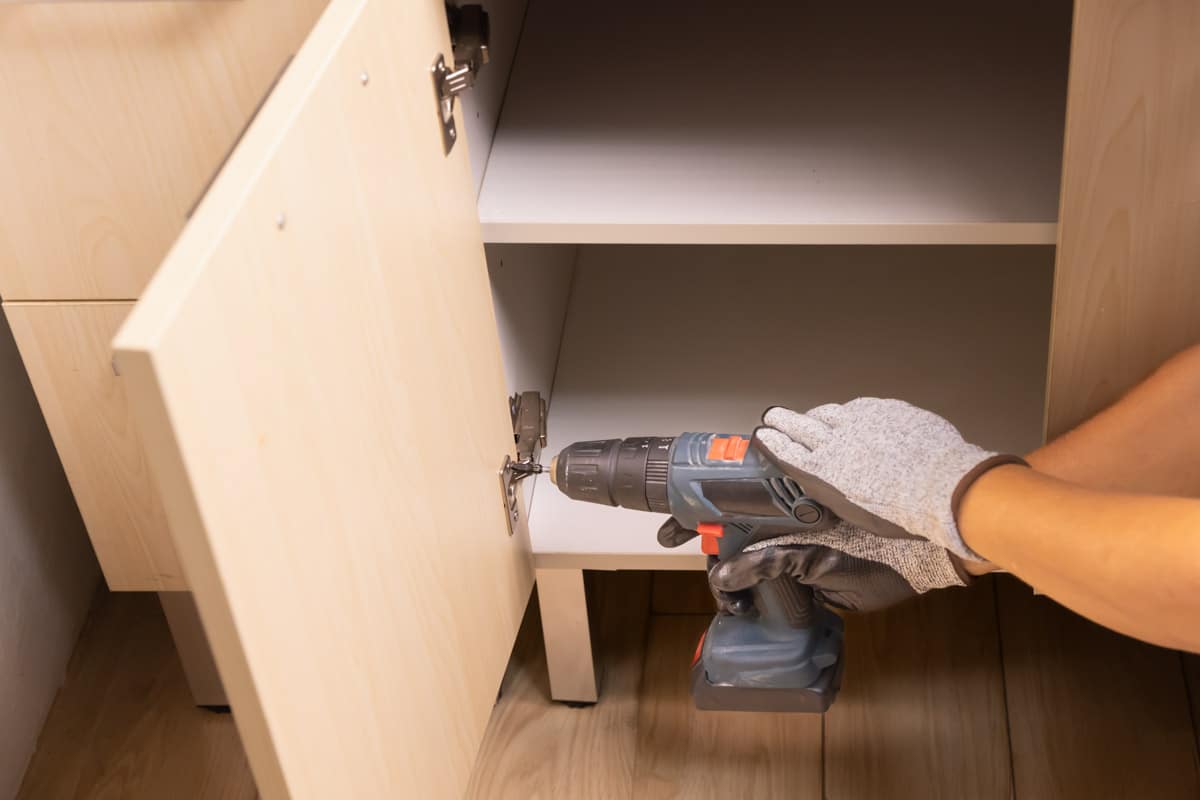
Whatever type of cabinets you have, the structural integrity of materials deteriorates over time, especially for those in kitchens, as they are exposed to constant moisture and heat. Refacing kitchen cabinets is simply replacing their façade, and there is a higher potential for rotting wood or loose hardware that you haven’t seen during the assessment.
In the long run, you might as well do a total overhaul after several years if your cabinetry is in a poor state overall, as refacing does not improve the overall structural integrity.
But if you love your cabinet boxes and want to preserve them as much as possible, you might want to consider removing the whole storage system from the wall to check for any damage to the backing. This is also an opportunity to clean and fix the backside of the cabinetry. Although removing the whole system can further any present damage, careful consideration is needed.
Incomplete Refinishing
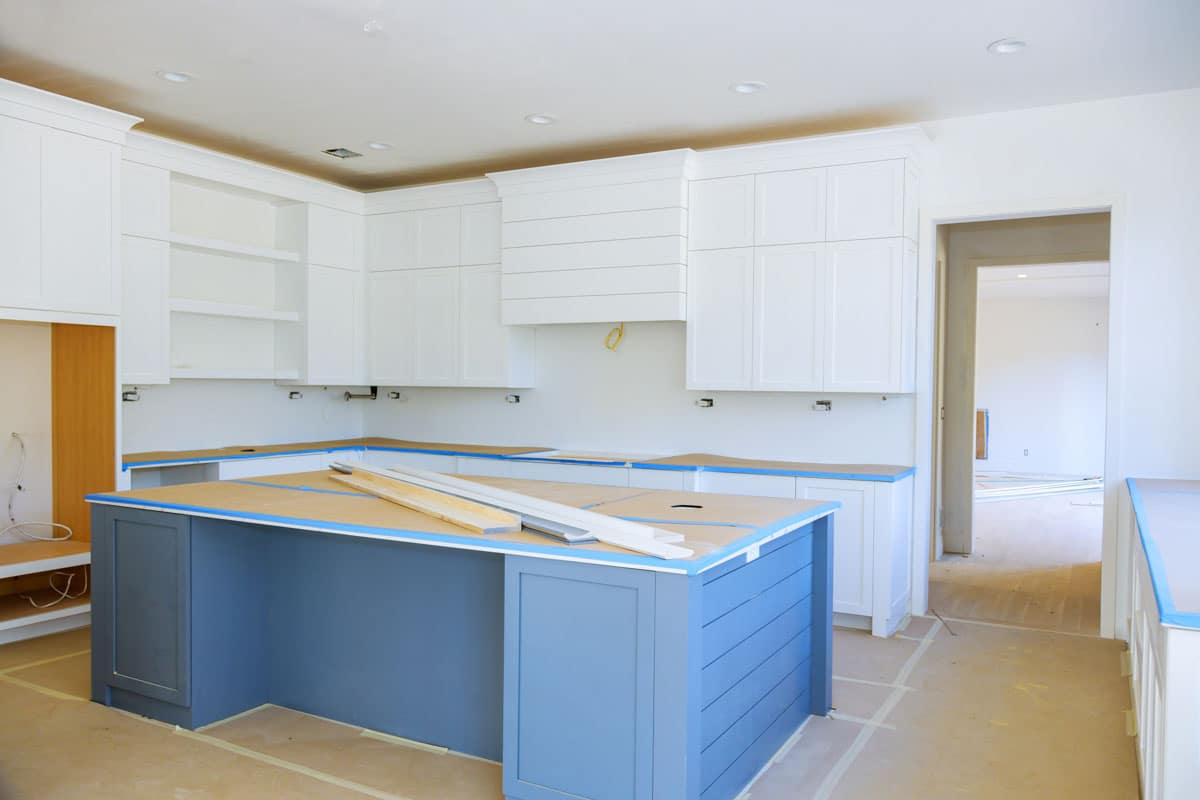
When some parts of the kitchen cabinets are not prepared properly to receive stains or paint, it can lead to an uneven appearance. A different type of wood might be used for the doors than the cabinet box, and if stain or paint is applied on both parts, there is a chance that the appearance could look different from the two components.
The uneven color or variation may not be visually pleasing as different materials or wood species behave differently because of their composition. Furthermore, there are certain wood species that change over time, so even if you have used the same wood species, the color outcome can be different as it is stained.
Another factor that can contribute to a finish that looks incomplete is the finishing technique used. Proper application method, which includes brushing or spraying, can help achieve a more uniform appearance. The quality of the finish material and level of craftsmanship can also contribute to the completed finish.
Skill Level
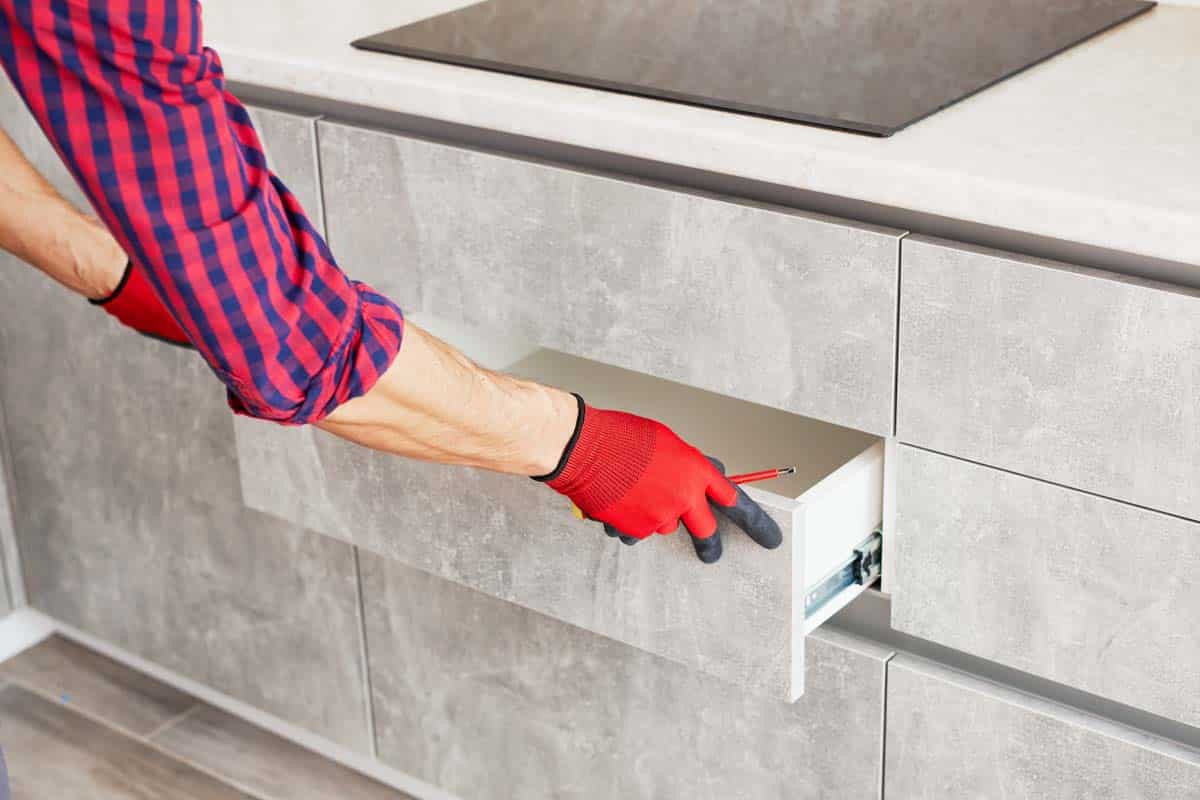
Refacing may be an attractive DIY project, but it can further damage your kitchen cabinets if you don’t have or lack the experience. That is why initial assessment is crucial before deciding on any work. A time-consuming part of refacing kitchen cabinets is doing repairs on the body of the cabinets.
Deciding which is the best filler or putty to use for any holes or dents in a cabinet in itself can be a dilemma. If you have existing lighting, you’ll also need to remove and rewire it, which will need experience in electrical wiring.
Cabinet companies today, especially for European or modular kitchen cabinets, have in-house experts who coordinate with different contractors. From planning, storage, transporting, and delivery, most of these reputable companies handle all the aspects of replacing your kitchen cabinets. Though professional service will cost significantly more than refacing a kitchen cabinet, you get less stress and longevity for your investment.
Temporary Solution

A temporary solution may benefit you if you don’t have the funds to replace the entire kitchen cabinet system. Refacing can last less than two years, or it can last 20 years if it is properly done with quality materials.
The structural integrity of your existing cabinets is also a major factor. If you have cracks, holes, rotting wood, or the cabinets are infested with pests, it might be best to do a total replacement, as replacing might be cheaper in the long run.
Conflicting Color Matching
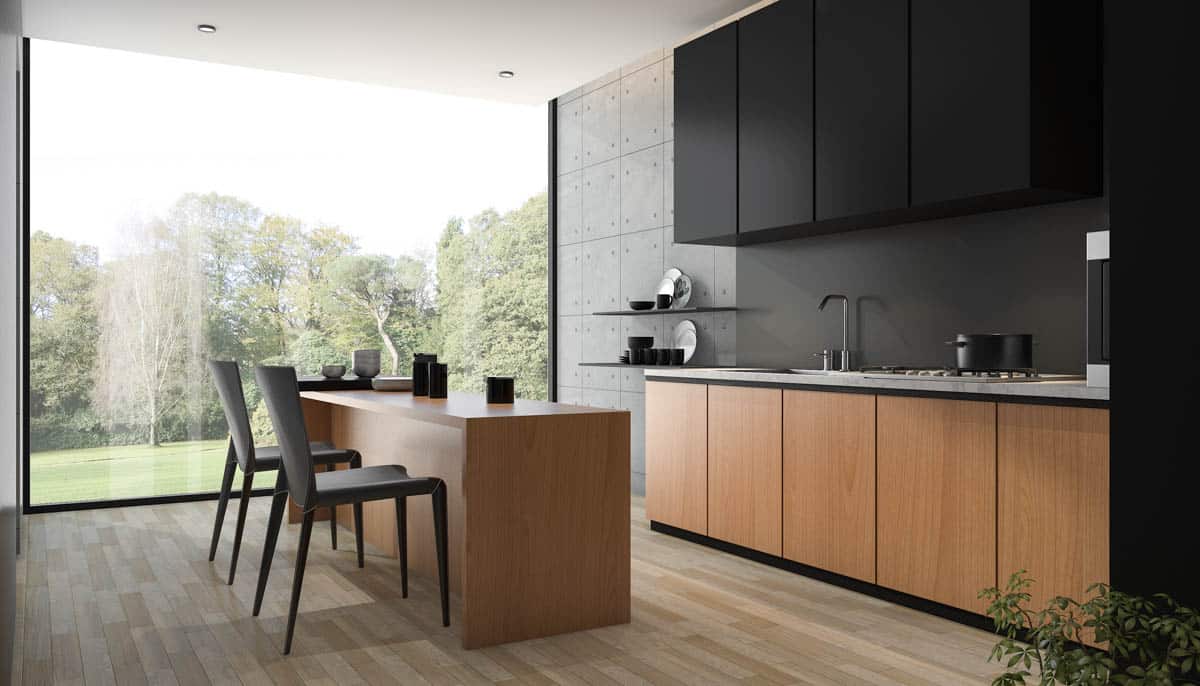
You might want to get sample swatches for your cabinets before purchasing them, as the color may appear differently on screen. Looking at the samples on the same light levels in your kitchen will also help you determine if the color matches your existing cabinets.
Aside from the body of the cabinets, there is also the need to match your existing kitchen countertops, island, or built-in appliances. Achieving the right balance of colors and contrast is key to a well-designed kitchen. A color palette that includes neutral tones, accent colors, and complementary shades can add depth to the overall look of your kitchen design.
Also, don’t forget about the appliance finish. Dishwashers, ovens, mixers, and other built-in appliance usually comes in stainless steel, matte black, or white, which should also coordinate with the color you’ve chosen for your kitchen cabinet doors.
Mismatching Cabinet Styles
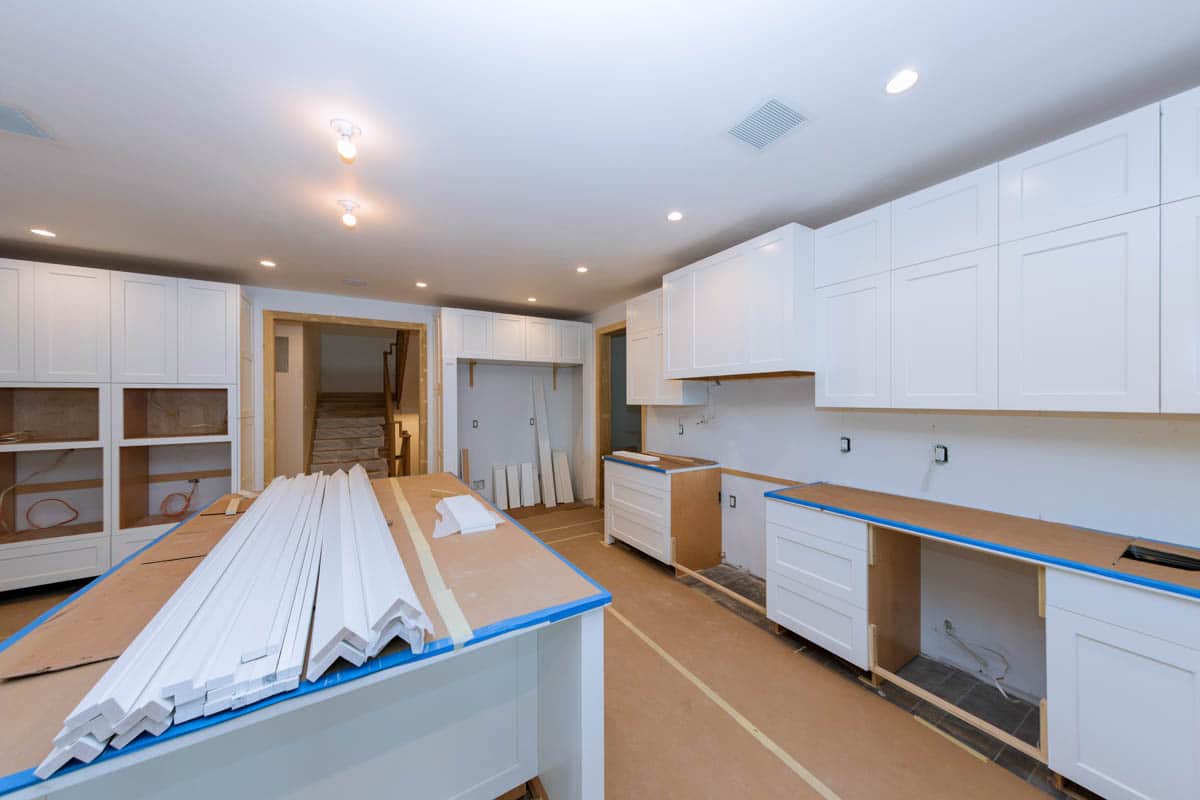
While juxtaposition is a design approach, mismatched kitchen cabinets can be difficult to pull off, especially if it’s your first time doing a cabinet refacing, as dozens of styles, various materials, and unlimited colors are available in the market today.
Some certain materials or styles won’t look good on other styles and can look visually off, especially if you have traditional-looking cabinets. Even for modern kitchen cabinets, finding the right size and fit, along with the style to accommodate all the cabinet systems, from the wall cabinets to the base cabinets, can be difficult.
Choosing a Current Trend
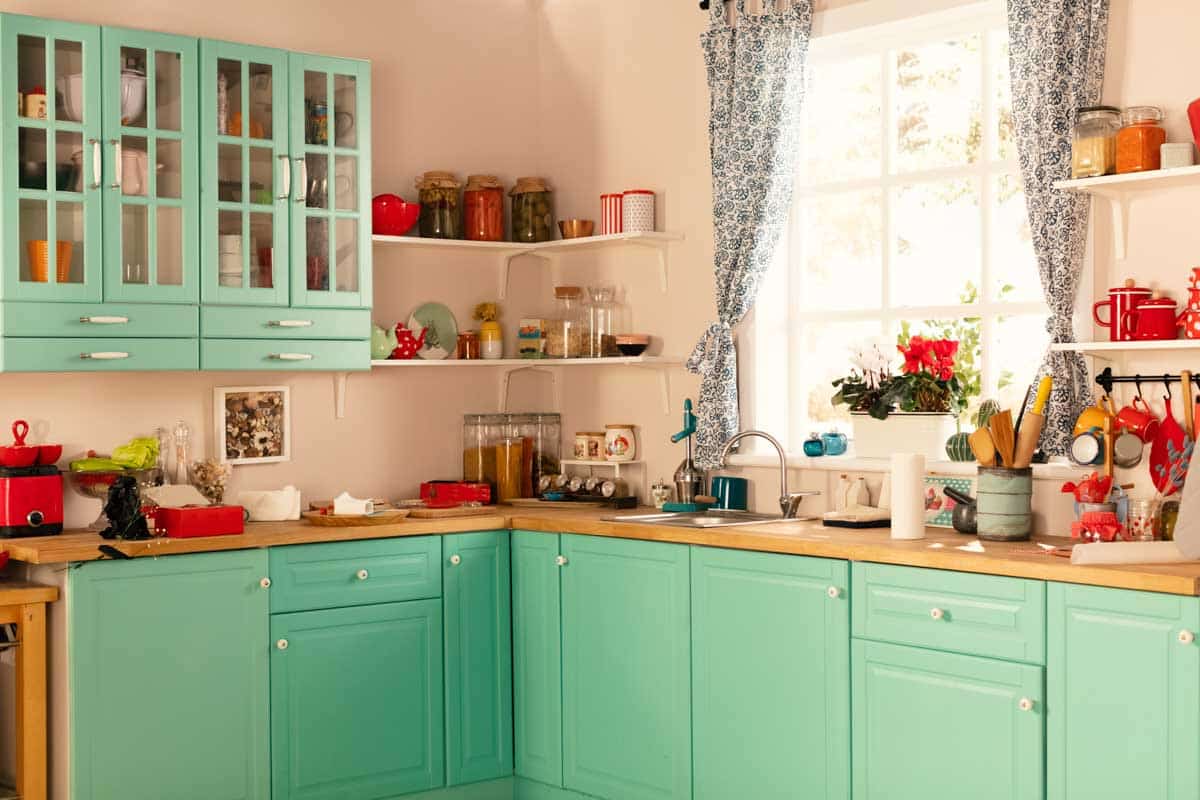
Like fashion, trends can entice consumers into impulse buying, and it goes the same with interior design. Selecting a kitchen cabinet style based on the desire to follow a style may not be wise. This can lead to an outdated kitchen cabinet as styles come and go, leading to additional home improvement costs.
Choose styles that are timeless if possible. Moreover, certain traditional styles work well with contemporary styles. Functionality should be your primary consideration when selecting cabinet styles. Make sure that your cabinet layout meets the practical needs and facilitates a safe and efficient use of space.
A kitchen that functions well is more important than following any trend. Also, consider your long-term goals when planning a kitchen cabinet refacing. As mentioned, trends come and go, but a well-designed and timeless kitchen can provide lasting satisfaction to its users. Prioritize features and styles that align with your family’s preferences and lifestyle rather than what’s currently in vogue.
Hidden Costs
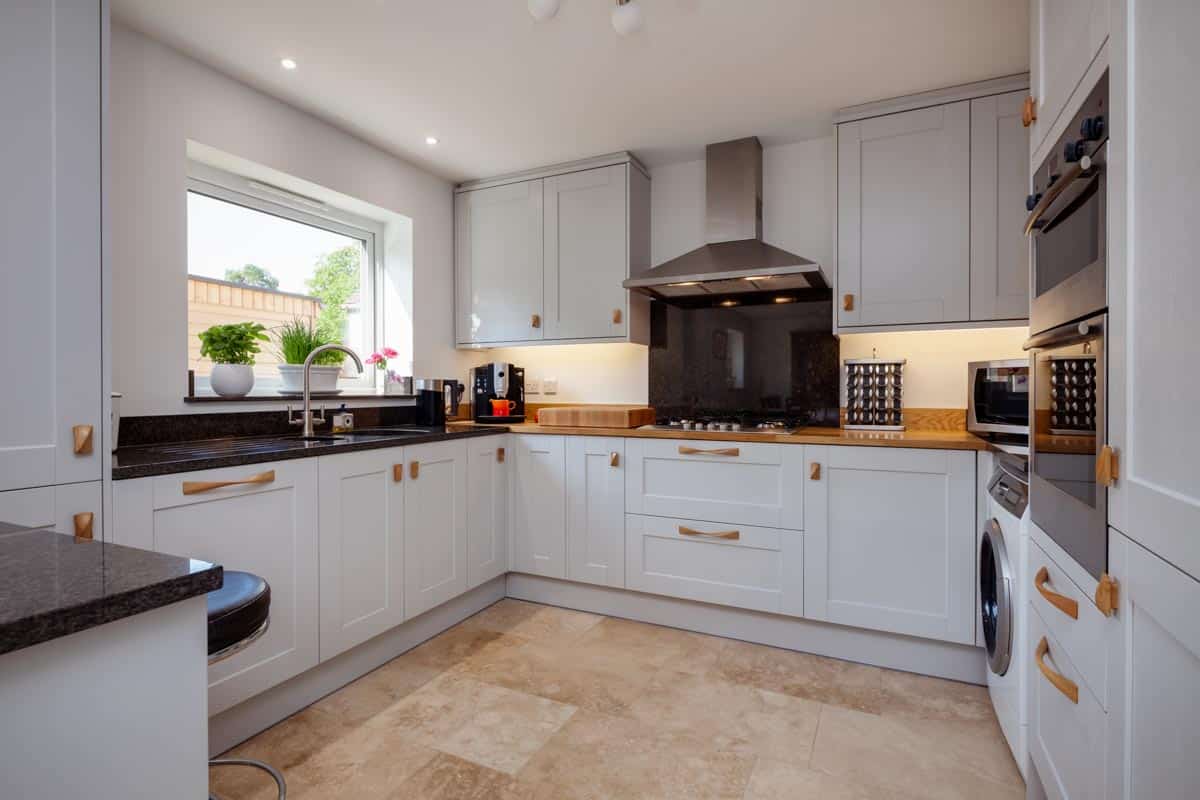
Worn-down cabinets may be cheaper to replace rather than refacing them as the cost of fillers or putty and replacing hardware can be more costly, especially for labor and time spent. Labor costs associated with cabinet refacing can vary based on factors like the job’s complexity, the installer’s skill level, and the extent of the prep work required.
These factors can lead to expenses instead of replacing the whole kitchen storage system. In addition, if you plan for customization, additional adjustments to accommodate your desired features can add to the expense. Features like lazy susan, pull-down storage, additional shelves, soft-touch hinges, or built-in appliances can lead to complex installations.
More than features, unexpected costs can come from the needed finish or trim to match your existing cabinets with door replacements. The skill set needed for intricate or precise work of adding a trim or finish will also add to the cost. Because refacing your kitchen cabinets may require more time, there might be a need to set up a temporary kitchen area, which will again add to the total cost.
Less Eco-Friendly
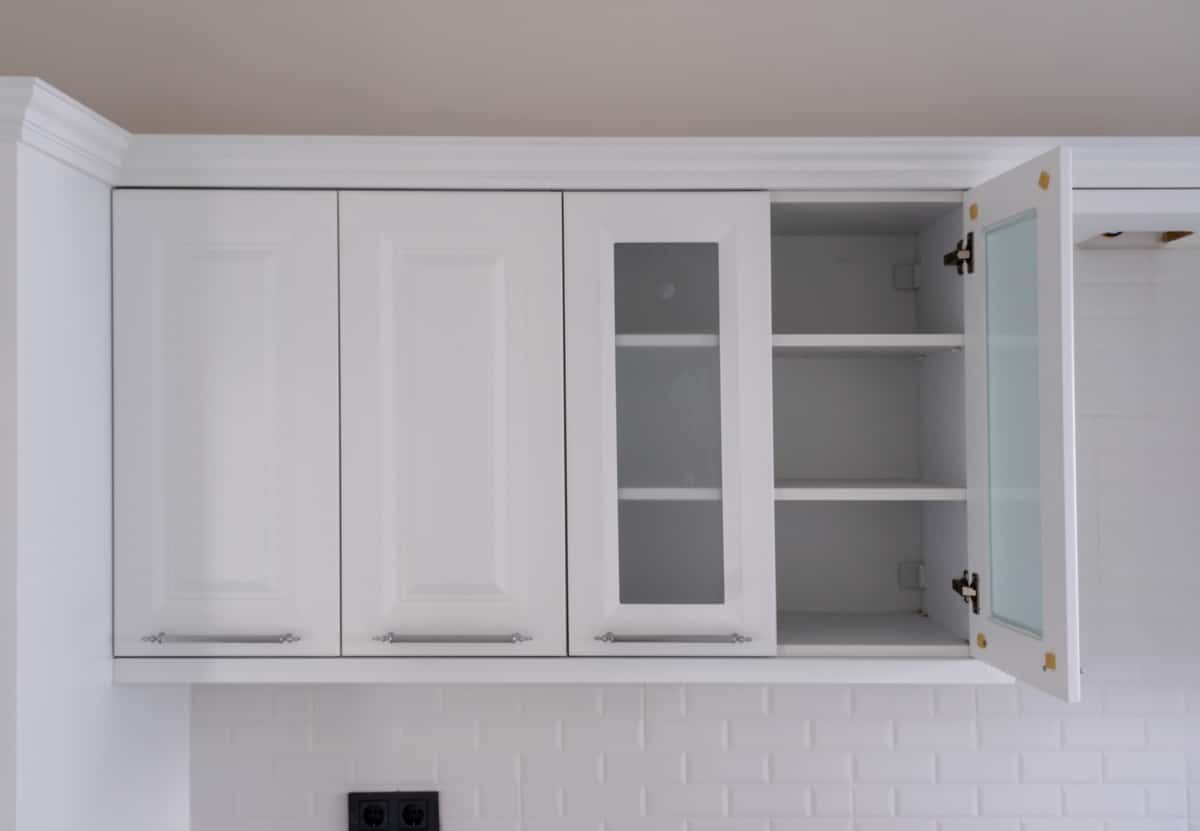
Along with labor and time spent improving an existing cabinet’s structural integrity, the energy cost from electricity when sanding or using other power tools may be more than simply replacing the entire cabinet system. There is also the potential for using adhesives or paints that release fumes even after a few months of application.
While you are preserving most of the parts of the cabinets, there are still some components to be disposed of. There are localities that require environmental fees in disposing of old cabinet parts, especially for hazardous materials and refinishing waste.
Time and Disruption
Since you’ll be spending more time fixing any damages and waiting for wet applications to cure and dry, this can disrupt your family’s use of the kitchen. Not to mention the time you’ll be spending more on prepping up your cabinets for refacing.
The process also needs sanding and drilling, generating dust particles and noise. This can disrupt your regular kitchen use as well as disturb adjacent types of room in a house. If you hire a contractor to do the refacing process, adjustments are made to accommodate your contractor.
• Always plan before committing to the project to minimize time and disruption.
• What are the family routines that can be adjusted to accommodate the construction?
• Always communicate with other family members on the planned schedule before approving the work.
• There are ways to minimize the dust and noise generated by the construction.
• Use temporary plastic dividers to seal off areas and, if possible, set up a temporary kitchen area.
• Like any other construction work, there are possible delays and problems that may arise. Be sure to set a contingency plan to minimize disruption.
Limited Customization
Refacing provides limited freedom if you want more customization to meet your kitchen cabinet usage. Because you are working with an existing layout, the changes can be difficult, if not impossible, to achieve.
Another limiting factor is the existing structural integrity of your walls or counters. If you plan heavier materials or added features, be sure that the backing, framing, and other structural components can handle the additional weight.
See more related content in our article about wallpaper inside kitchen cabinets on this page.



